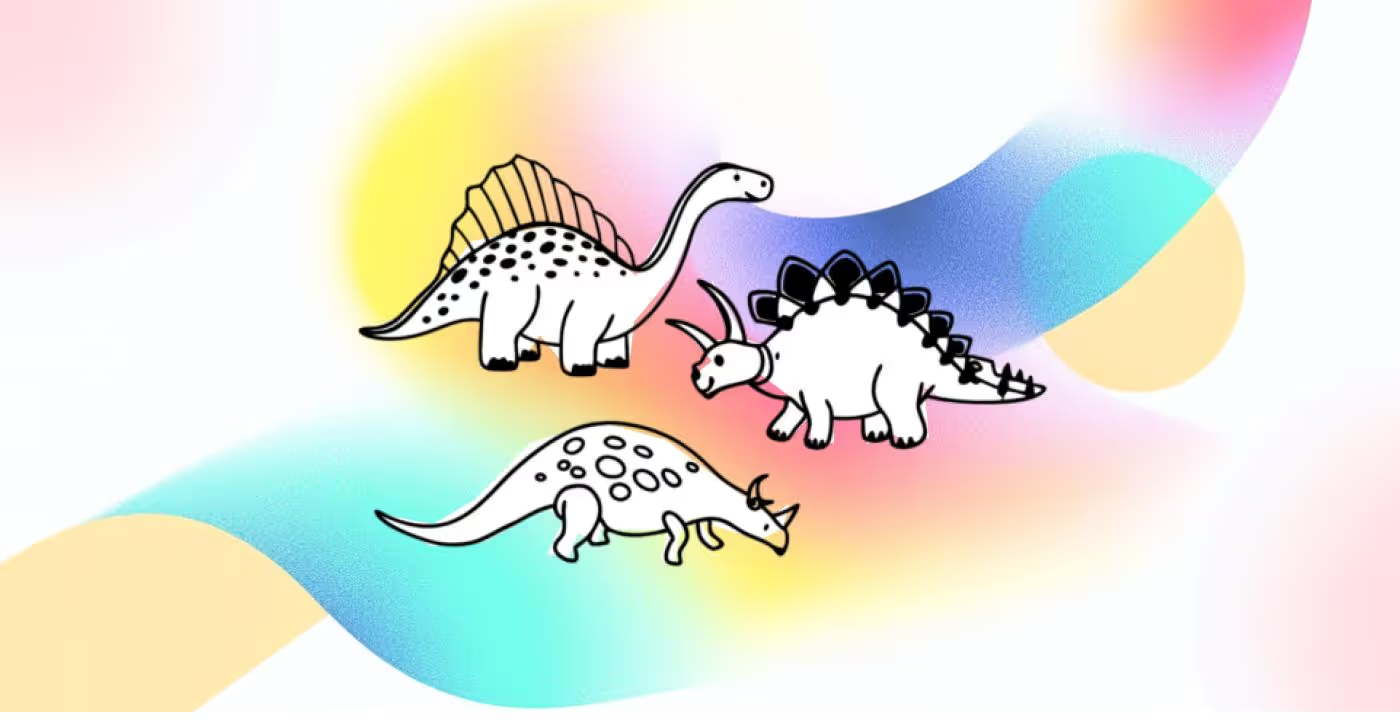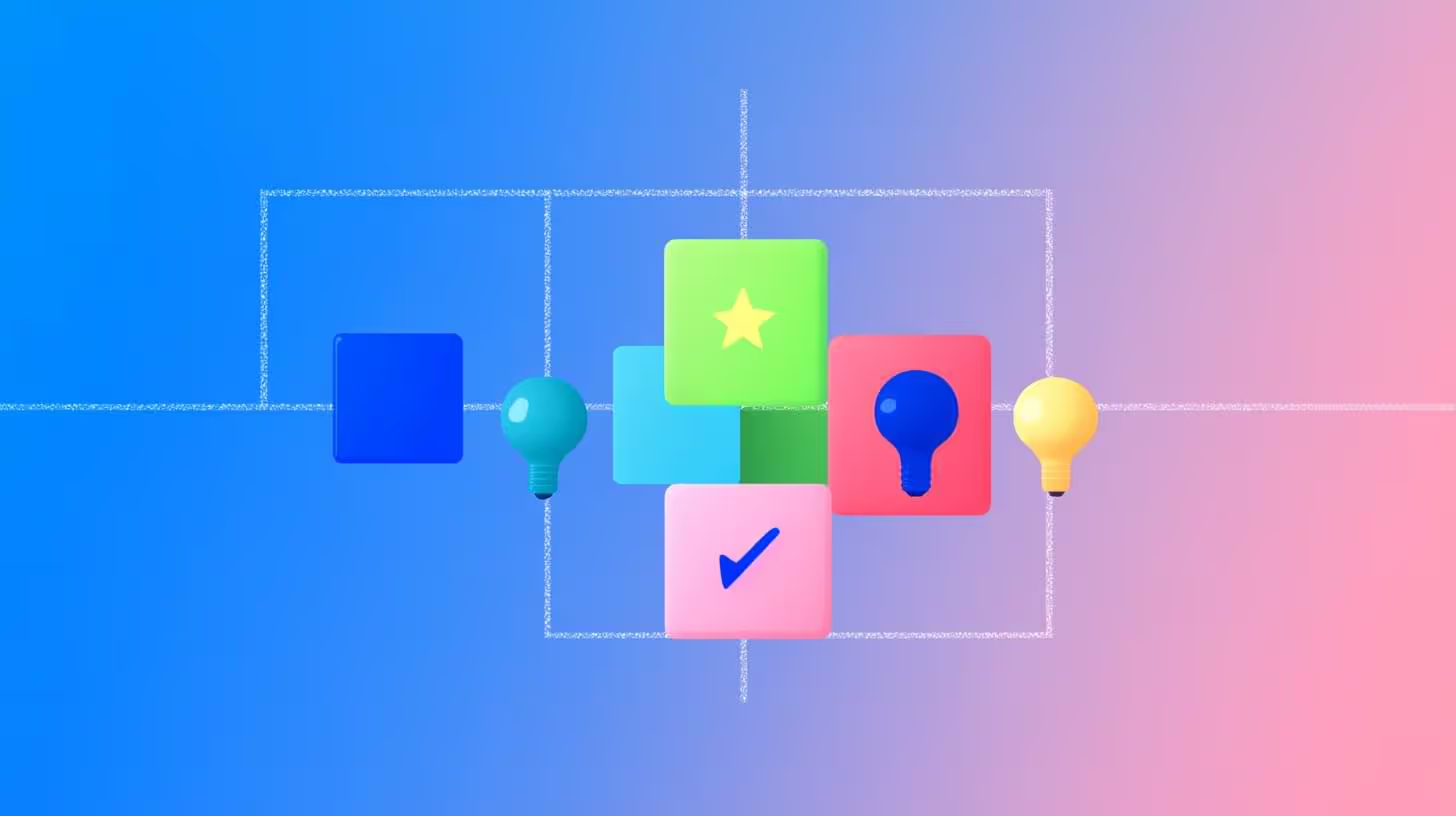
Innovation Types that Will Surprise You (With Examples)
Innovation isn’t always a thunderclap. Sometimes, it’s the quiet recalibration of a familiar tool, or a radical idea hiding behind an unremarkable façade. Beyond the flashy disruptors that grab headlines, there’s a subtler, more intricate world of innovation—one that reshapes industries without necessarily breaking them. What if the next breakthrough wasn’t about revolution, but evolution? Let’s explore the unexpected corners of creativity where small shifts, clever tweaks, and borrowed ideas quietly change everything. Ready to look closer?
Disrupt this, disrupt that. You’ve heard of disruptive innovation because it’s the most discussed out of all innovation types. Being able to change an industry, or an entire market, is great - it makes you rich and famous. Let’s be realistic though, there are only a few who pulled it off. So what are some of the less known innovation types out there?
Let's start out with a neat overview of examples and the innovation types we'll be looking at:

Because there is more to innovation than disruption. Today, we’ll venture into the jungle of innovation types. Facing the beasts of innovation. We’ll discover different innovation types and some examples. Are you ready to begin our journey?
Innovating Product or Process?
This is without a doubt one of the simplest and most used categories of innovation types. The definition of them is very straightforward as you might already have guessed.
Product innovation refers to...well... changes in the product. That can be done in two different ways, roughly. You can either improve the performance of the product or add a completely new feature. There are numerous examples of product innovation. Let’s look at the example of watches - they’ve been used for hundreds of years. But just recently they were enhanced and you can use them in a way that was unimaginable just a few decades ago - call, text, measure your heart rate… And smart watches are just getting started.
Process innovation involves improvements made in the process of producing the product. Many great outcomes stem from innovating processes - increased productivity, saving time, reducing costs… These changes won’t necessarily be directly observed by customers, yet they’re very beneficial for the company and the service they are able to provide.
Toyota is a great example of a process innovation. The company was on the brink of bankruptcy after the second world war. Something needed to be changed to keep up with the competition. They introduced the just-in-time approach to manufacturing. Instead of ordering and storing large amount machinery they simply ordered just what they needed. Saving time, money and space... Needless to say, the changes worked and today Toyota is a leading car manufacturer.
Innovating Incrementally or Rebuilding With Disruption?
Now what kind of list would it be if it didn’t include this category? It’s basically, what all the corporates talk about, and one of the most well-known innovation types. But what is it exactly?
Disruptive innovators come up with something completely new. Instead of competing on an existing market they create an entirely new one that is initially too small to really stir any broad interest. As such, disruption has a revolutionary quality. This means it involves a lot of risk-taking and uncertainty since it’s not product improvements, it’s building new solutions entirely venturing into the unknown.
Due to the high levels of risk, start-ups play a big role in here, they’ve got little to lose and a lot to gain. Meanwhile, big corporations talk at length about it but the truth is that they utilize mostly incremental innovation. Causing researchers to suggest that while the big guys talk the talk, they don't walk the walk.
A widely known example of a disruptive innovation is Netflix. They managed to change the movie rental industry by introducing their subscription model. By the time Blockbuster realized the change, the game was already over and they inevitably lost their market leader position.
Its innovation type counterpart, Incremental innovation, on the other hand, focuses on improving existing products and services. Uncertainty is still present but much lower than with disruption because it’s about exploiting existing solutions and markets, rather than creating a new. To take an example, Coca-Cola, though dominant in their market, continue to develop and release new products. Coke with Lime, Coca-Cola Life, Coca-Cola Zero…
They do realize, that even as the established company, they need to follow trends and offer improved products. Yet, even incremental innovation comes with risks. In ‘85 Coca-cola, released New-Coke, this would later go down in history as one of the biggest corporate debacles of all times.
“What good is an idea if it remains an idea? Try. Experiment. Iterate. Fail. Try again. Change the world.” – Simon Sinek
Changing the purpose or the modules?
Though it might sound like it, architectural innovation is not about buildings and sculptures. As an innovation type, architectural innovation is about taking skills and technology and applying it in a different market. Usually, the risk-levels are lower because you take already existing technology and apply it elsewhere.
NASA in 1966 needed to improve the safety of their aircraft cushions. They used a new type of foam that would react when the pressure was applied. Today, you probably own some of this space-tech yourself. Yes, we’re talking about what we today know as ‘memory foam’. Architectural innovation at its best and super comfy mattresses - what’s not to like?
Component innovation, on the other hand, is making changes and improvements within the product. Making chips smaller, improving their performance and so on. It’s basically boosting the functionality of products. If you look at a Mac, it looks hasn’t changed dramatically for a long time. Yes, they’ve added little things here and there, but in general, it’s still a laptop. The bigger changes are happening inside. Apple is using modular innovation to improve their Mac’s performance. That’s why each time you buy a new it’s faster than your old version even though it looks similar on the outside.
Members Only or Open House?
Closed innovation is when a company depends solely on its employees to come up with new ideas. It’s happening isolated from the rest of the world. Generally, this kind of innovation is becoming less and less popular as knowledge about innovation evolves. In the last century, it’s popularity grew from a fear that secrets and knowledge would seep to competitors. To curb this risk, companies limited innovation to a closed group of trusted employees.
Yet, people started figuring out that if you bar-off innovation and keep it in a members-only closed circle, your innovation will over time, become less... well... innovative. In a response to this, the practice of open innovation was born.
If you’ve stopped by our blog before, you probably know that we have a major crush on open innovation. Think Wuthering Heights kinda crush...
When open innovation is done right (hint, it’s all about keeping a good process) you can do wonders in everything from processes, customer journeys, products, employee motivation, and I could go on. Open innovation is basically about working with various stakeholders outside the company, could be partners, customers, universities, and competitors, to reinvent part(s) of the business.
So many good examples of open innovation… Looking at the current global challenges GHR Foundation asked the crowd for solutions. BridgeBuilder Challenge generated over 650 ideas. The winners figured out how to afforest destroyed areas in Myanmar. Their custom-made drones already planted 750 hectares of trees!
Open innovation can also end up as a catastrophe for inexperienced users. Setting up wrong processes, asking bad questions or failing to motivate participants. All of this leads to a waste of time and sour taste in managers mouth. An innovation app can help you overcome this
Bottom Line
There are many innovation types but we think these are the most important. The point is - you don’t need to change the industry at all costs. There are other ways to make your life easier and business more profitable.
Did you find a way to improve you business innovation? Don’t torture yourself trying to come up with innovations by yourself. Ask your colleagues and team for help. You’re in it together. We provide the space and your team fills it with ideas. How does that sound?
All you need is to claim your space and come up with a mission. After the first ideas arrive, you will find out that innovation isn’t as hard as it sounds. If we can be of any help setting up your first space or answering your questions - hit us up!
Next up to Read:
Turn Ideas Into Action with Ideanote




